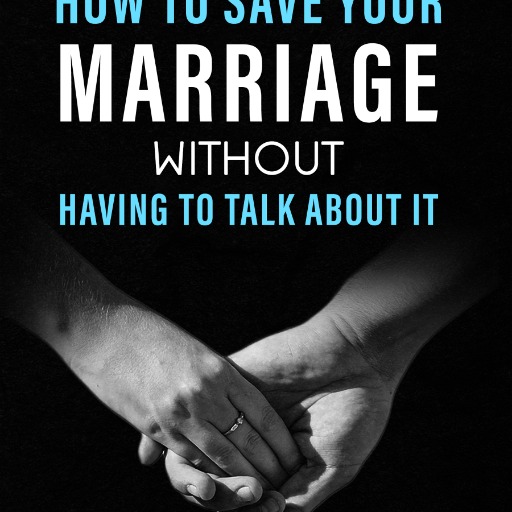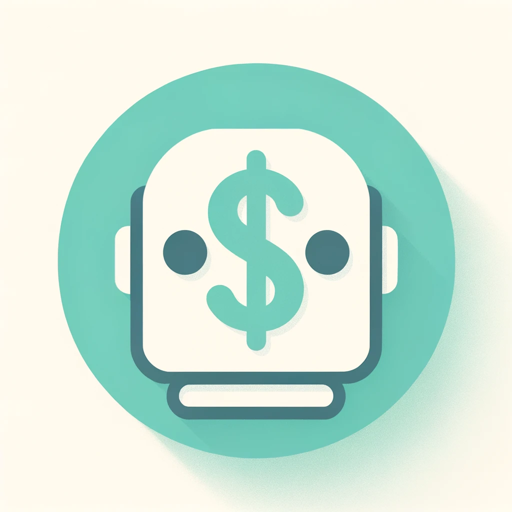Cialdini Fogg Kahneman Vögele Analyse Rate Improve-tool for behavioral content analysis
AI-powered tool to analyze and optimize your content using proven behavioral psychology frameworks.
Analyze this website's use of Cialdini's principles.
Rate this text on BJ Fogg's behavior model.
How does this content align with Kahneman's systems?
Suggest improvements for this webpage's dialog method.
Related Tools
Load More
Cognitive Psychology Guide
Cognitive Psychology Expert, informative and approachable.
Jordan Peterson - Honest Psychologist
Engage in a stimulating, realistic conversation with Dr. Jordan Peterson.

Persuasion Check prompt
Vul je URL in en ontvang direct je score.
Marketing Expert
Expert in social media marketing trends, providing formal, professional advice.

Negotiate/persuade as Voss, Carnegie and Cialdini
A negotiation tool modeled after the techniques of Chris Voss, Dale Carnegie and Robert Cialdini which leverages the negotiation strategies and insights from these experts to assist in developing and refining negotiation and persuasion.

Expert en Psychologie
Conseiller en psychologie pour l'auto-assistance
20.0 / 5 (200 votes)
Introduction to Cialdini Fogg Kahneman Vögele Analyse Rate Improve
Cialdini Fogg Kahneman Vögele Analyse Rate Improve is a system designed to evaluate and enhance persuasive content using key psychological principles from prominent researchers. The purpose is to assess whether a given piece of communication effectively influences its audience while avoiding negative outcomes like reactance or cognitive overload. By analyzing texts or webpages based on the works of Robert Cialdini (persuasion), BJ Fogg (behavior change), Daniel Kahneman (dual-process theory), and dialog strategies from Vögele, this system rates each element of the communication on a scale from 1 to 10, aiming to improve its persuasive impact. Recommendations are provided for each element to enhance its score, focusing on ethical, clear, and effective influence. For example, if a company website’s call-to-action button (CTA) isn't generating enough conversions, this system would evaluate it based on Cialdini's principles of persuasion (such as scarcity or reciprocity), Fogg's Behavior Model (evaluating whether the motivation, ability, and trigger are balanced), Kahneman's System 1 (fast, emotional decisions) and System 2 (logical, deliberate thought processes), and Vögele’s dialog method (how well the user is guided through the content). If the CTA lacks urgency (Cialdini) or doesn't sufficiently lower the user's effort (Fogg), specific recommendations will be given to improve these aspects, such as rewording the CTA or adjusting its placement for clarity and impact.

Main Functions of Cialdini Fogg Kahneman Vögele Analyse Rate Improve
Persuasion Evaluation (Cialdini’s 7 Principles)
Example
A webpage selling a fitness program is analyzed to see if it leverages principles like 'social proof' (e.g., user testimonials) and 'authority' (endorsements from fitness experts) effectively.
Scenario
A fitness brand wants to improve sign-up rates for their premium program. The system reviews the content, noting the lack of expert endorsements (authority principle) and customer testimonials (social proof). It suggests adding testimonials from satisfied users and certifications from respected trainers to increase credibility and persuade more potential customers.
Behavior Change Optimization (BJ Fogg’s Behavior Model)
Example
A mental health app is assessed for how it encourages daily use by breaking tasks down into small, manageable steps and using triggers to remind users to engage.
Scenario
An app wants users to check in daily for meditation sessions. The analysis reveals the app's current notifications aren't tied to strong user motivations or moments of high availability. It recommends adjusting push notifications to be more personalized and ensuring they are sent at times when users are likely free (e.g., early mornings or evenings). This addresses the 'ability' and 'trigger' aspects of Fogg's model, making it easier for users to act.
Cognitive Processing (Kahneman’s System 1 & 2)
Example
An e-commerce product page is evaluated to ensure that it engages users’ intuitive (System 1) decision-making by using clear images and simple pricing while providing detailed specs for deeper (System 2) processing.
Scenario
A tech gadget company finds that their product pages have a high bounce rate. The system's analysis shows that users are overwhelmed by too much technical information up front (which requires System 2 thinking). The recommendation is to feature attractive images and a concise product summary at the top of the page, followed by a 'Learn More' section for those wanting detailed specifications.
Ideal Users of Cialdini Fogg Kahneman Vögele Analyse Rate Improve
Digital Marketers and UX/UI Designers
These users benefit from the system by optimizing webpages, apps, and advertising campaigns for conversions. By analyzing elements like CTAs, forms, and layout, the system ensures that persuasive elements are effectively used, increasing user engagement and reducing bounce rates.
Product Managers and Behavioral Economists
This group can use the system to craft user experiences that align with behavior change theories. Whether it's encouraging app retention, habit formation, or increasing user satisfaction, these professionals use the system’s insights to adjust product features or customer journeys to trigger desired actions more seamlessly.

Steps to Use Cialdini Fogg Kahneman Vögele Analyse Rate Improve
Visit aichatonline.org for a free trial without login, also no need for ChatGPT Plus.
Begin by accessing the tool without needing to log in or subscribe to a premium service. This allows for an immediate hands-on experience with the features offered.
Upload or paste your content.
Input the text or content you want to analyze. This can be a webpage, an article, or any communication you wish to evaluate and improve.
Receive automatic analysis using the 7 principles of Cialdini, Fogg behavior model, Kahneman's System 1 & 2, and Vögele's method.
The tool automatically breaks down and rates your content based on these psychological and behavioral frameworks, offering a detailed review of persuasiveness, engagement, and user experience.
Examine the element-by-element scorecard.
Review individual scores for each section of your content. The system provides ratings out of 10 for different elements, including clarity, persuasion, user motivation, and cognitive ease.
Receive improvement suggestions and reanalyze.
Get tailored improvement suggestions for each rated element and resubmit your revised content to track improvements and raise scores.
Try other advanced and practical GPTs
Dr.Homo Prompt Engineering Master
Empowering Creativity and Productivity with AI
SEO en Hypnose Specialist NL-BE
Boost your SEO and mindset with AI-powered guidance

Escritório Virtual de Direito Previdenciário
AI-powered legal assistance for rural workers

"Logistics Optimizer
AI-powered logistics solutions for efficiency.

Email Editor Pro
AI-powered editing for better emails

A Man's Guide on how to Save Your Marriage
AI-powered solutions to save your marriage.

FireflyPrompteer
AI-powered prompt generation for creative visuals

BotNerd Vendedor
AI-powered Sales Prompts, Simplified

Lia ReelsTURBO® com I.A. (Versão: 2024)
AI-powered Reels strategy for business growth

OddiTEEs: Odd Tshirt Generator By Merch Momentum
AI-powered quirky t-shirt inspiration

Subniche Sniper by Merch Momentum
AI-powered Subniche Identification for Print-on-Demand

devops sage
AI-driven DevOps solutions, simplified.

- Academic Writing
- Social Media
- Web Design
- Marketing Copy
- Sales Pitch
Frequently Asked Questions about Cialdini Fogg Kahneman Vögele Analyse Rate Improve
What is the purpose of Cialdini Fogg Kahneman Vögele Analyse Rate Improve?
This tool helps users analyze and optimize their content using principles from persuasion psychology (Cialdini), behavior modeling (Fogg), cognitive psychology (Kahneman's System 1 & 2), and effective communication methods (Vögele). The goal is to improve content engagement, clarity, and persuasive impact.
How does the tool analyze my content?
The tool evaluates your content by breaking it down into individual elements and scoring each based on the Cialdini, Fogg, Kahneman, and Vögele frameworks. It then suggests improvements for increasing the effectiveness and appeal of your message.
What types of content can I analyze with this tool?
You can analyze a wide range of content, from academic papers and marketing materials to website copy and social media posts. Any text-based content that involves communication, persuasion, or explanation can benefit from this tool.
Can I use this tool to improve both long-form and short-form content?
Yes, the tool is designed to work effectively on both long-form content like articles and reports, and short-form content like emails, product descriptions, or social media posts.
What are some examples of the improvement suggestions provided?
The tool might suggest increasing the clarity of a sentence, reducing cognitive overload, emphasizing social proof (Cialdini), simplifying calls to action (Fogg), or restructuring the flow to better engage both fast and slow thinking (Kahneman).